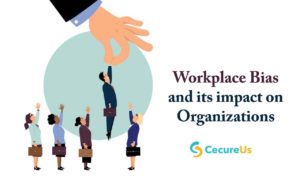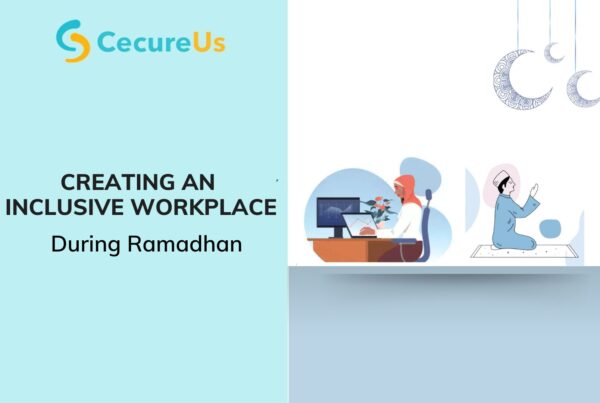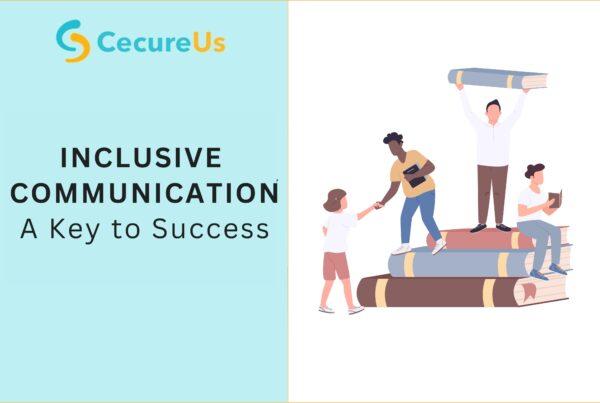
Tara was a new employee in an organization. Belonging to a humble background from a tier two city, she was apprehensive about joining a corporate firm in a metropolitan. Despite her talents, she had an inherent feeling that her opinions may not be valued by her team. However, during induction, the employer had made her undergo a training session on Inclusive diversity in the workplace. The concept of Inclusive diversity was an eye-opener for her, changing her viewpoints about the corporate workplace. The detailed session on the impacts of bias in the workplace, types of subtle biases and the need for inclusive diversity, and the stringent protocols of the organization and actions against conscious and unconscious biases in the workplace gave her the much-needed boost to settle comfortably in her new organization.
Here are a few details on how workplace biases impact the workforce in an organization.
What is unconscious bias?
Bias is an inclination, opinion, notion, or feeling that is preconceived. Bias influences a person’s judgment for or against an idea, an individual, an object, a group, or other entities. Biases are, in most cases, learned over time, abetted by several variables like ethnicity, gender, race, socio-economic status, etc.
Stereotyping and discriminating are the most common forms of biases, and it is safe to say that all of us are guilty of having indulged in both, albeit unconsciously. It is precisely why these biases are predominantly known as unconscious bias.
Organizations are rampant with unconscious biases, and as Employers or HRs, the onus of identifying, recognizing, and weeding out biases that plague our everyday functioning in the workplace falls on us. For this, organizations must first be aware of the different biases persistent in our workplace, creating a visible or an invisible hostile work environment.
What are the most common biases in a workplace that employers must be aware of?
Gender Bias:
Gender stereotyping happens to be the most prevalent workplace bias, with women being at the receiving end much more than men. Despite the potential that women employees in organizations have exhibited over the decades, according to the Gender Gap Index 2020, the gender wage gap is at 19%, with men earning more than women for the same roles and responsibilities.
From hiring to promotions, women representatives on the executive board, or landing competent roles, women constantly face glass ceilings even though they work as hard as their male counterparts. This creates a significant impact on women, acting as a demotivating factor and, in several cases, forcing them to quit the workforce altogether. Employers must be inclusive of women, identify and eradicate gender bias in the organization by recognizing and promoting talent, and keeping the pay scales on par with the male workforce to pave the way for Inclusive diversity.
Age Bias:
Our workplaces include employees spanning several generations, each having their own misconceptions about how a person of a different age group may react to situations. With the current employee base spanning Baby Boomers, Gen X, and Gen Y (popularly known as Millennials,) the need to accommodate and help them co-exist is a true challenge for the HR fraternity.
Age is no longer a criterion for success and leadership capabilities, and senior co-workers feel threatened when younger employees take over newer roles and leadership, while the younger workforce feels restricted by the staunch rules set up by the seniors in the organization. Age-related biases largely influence decision-making, causing resentment and employee turnover across levels. Frequent sessions on inclusive diversity must be mandated by the employer to reduce this impact and yank the idea of age bias for employees of diverse ages to contribute their part to the smooth functioning of the team.
Socio-cultural bias:
Stereotyping and discrimination based on caste, religion, color, language, geopolitical origins, and economic status have been a bane of society for the longest time, and they impact our workplaces, causing significant conflicts. These biases would eventually tear apart our organization, undermine potential employees, affect the mental well-being of employees, and lead to dissatisfied employees. Employers must precisely know where that impact will lead to high employee turnover costs and reduction in productivity. Therefore, employers must mandate Inclusive diversity sessions and workshops to sensitize employees on the negative impact of socio-cultural biases and the actions taken against those who discriminate against their colleagues.
Sexual Orientation Bias:
Individuals from the LGBTQ+ community are still wary of coming out to their colleagues and employers, fearing retaliation, ridicule, and a threat to their jobs.
With our laws changing and employers implementing diversity by hiring people based on pure talent and becoming more inclusive slowly and steadily, the attitude towards individuals from the LGBTQ+ community is still disheartening. Workplaces are constantly striving to reach diversity numbers to rival their competitors, but as employers, how much are we working on building inclusive workplaces? To recognize talent from the LGBTQ+ community and become more inclusive, employers must retort to inclusive diversity workshops for all employees.
Biases toward the Differently abled:
Employers in organizations consciously include differently-abled individuals into their workforce to implement diversity. However, it is their treatment post-hiring that truly sets workplaces apart. Are the teams inclusive of them? They think twice before willingly accepting differently-abled employees into their folds. These employees end up working more to prove themselves, and while many have successfully broken-down barriers and outshone their physical disadvantages, a lot more get disheartened by the day due to the discrimination they face while being considered for roles and projects.
Organizations must work on inclusive policies that reduce this impact and help differently-abled employees feel that they truly belong and not feel like they are just a number to fulfil the diversity goals. Inclusive diversity workshops are the key to achieving this.
Impacts of Bias at work:
As Employers and the HR fraternity, we need to help our workforce collectively unlearn the biases they have learned over time as a society and frame cultures that are enriched with inclusive diversity.
Biases can become the undoing of our organizations in the long term, with an increase in frustrated employees, unused potential, dissatisfied employees, and overtime customers. Biases can create an environment of discord and hostility in an organization, making way for an unsafe workplace.
The need to build systems that facilitate inclusive diversity and ensure sensitivity and a sense of security among employees is at an all-time high. The only true differentiator, if at all, must be the potential and talents that each individual embodies in our organization.
For more on Biases and how to reduce them, click here https://cecureus.com/7-steps-to-reduce-workplace-biases-that-you-could-start-off-with-right-away/
To know more about our Prevention of Sexual Harassment (PoSH), Diversity, Equity and Inclusion (D,E&I) and Employee Assistance Programs (EAP) solutions do write to us at connect@cecureus.com or call us at +91-7200500221




